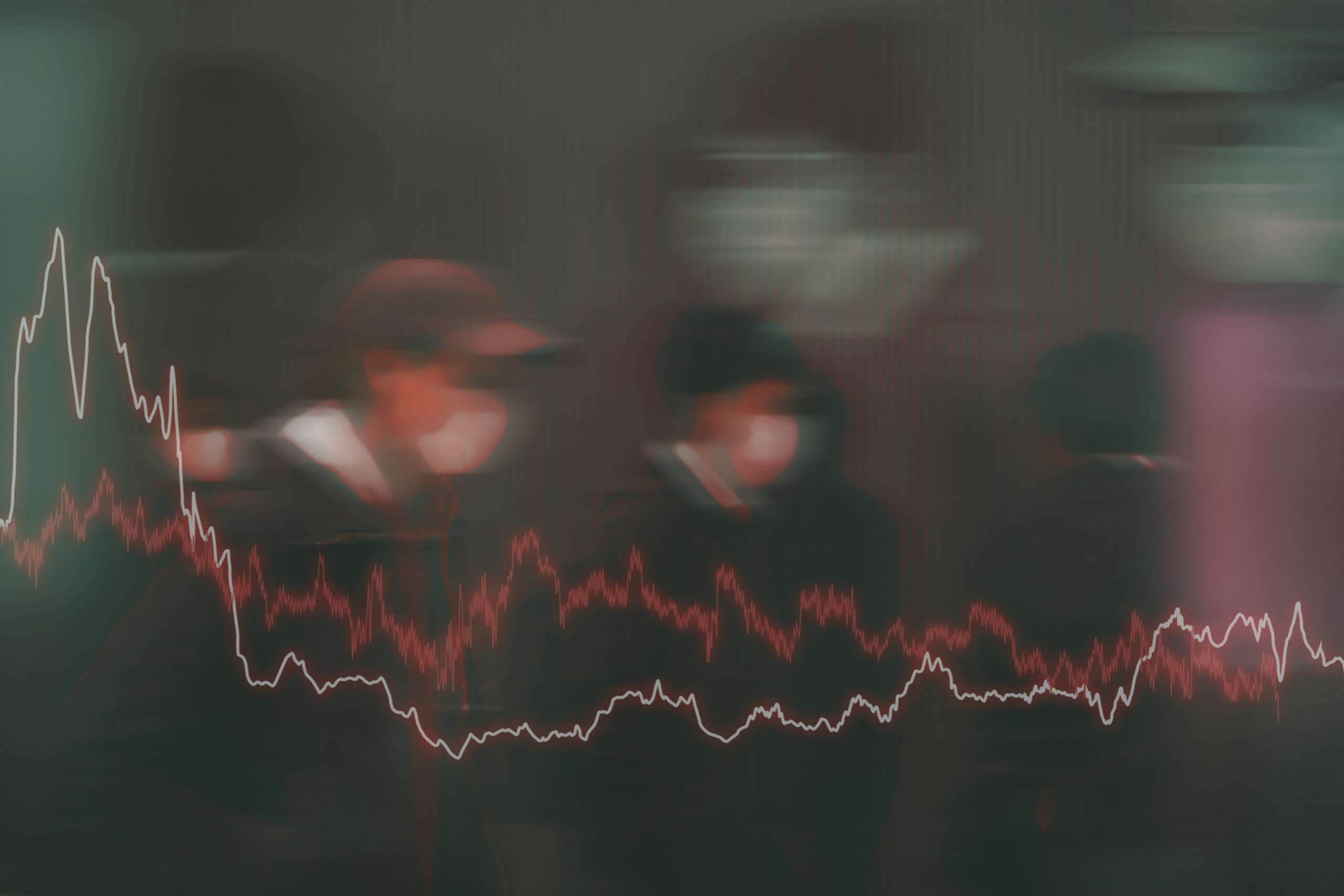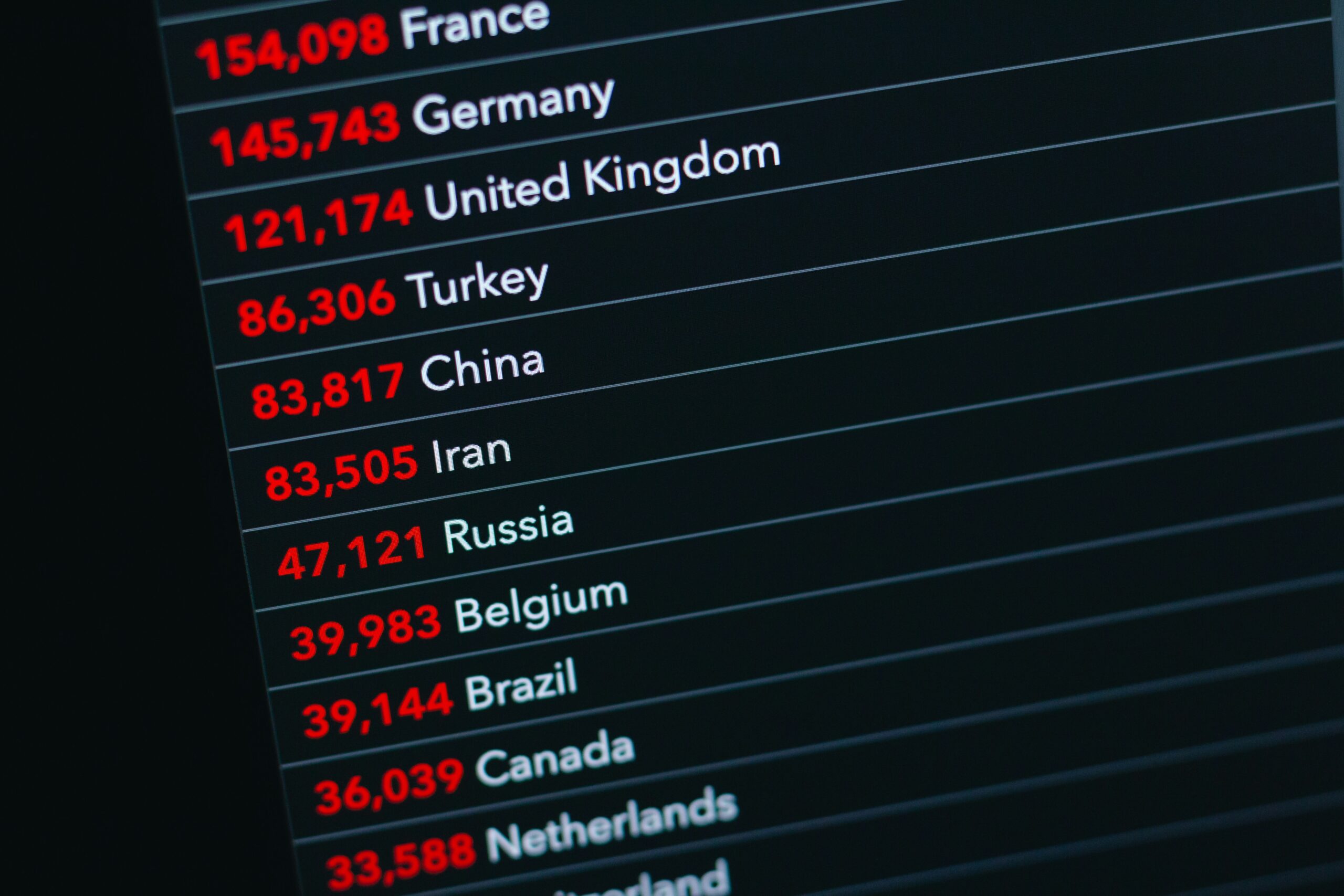Introduction
In the world of economics, two fundamental branches play a crucial role in analyzing financial activities and guiding decision-making—micro and macro economics. Although both deal with the economy, they focus on different aspects. Understanding the difference between micro and macro economics is essential for students, professionals, and anyone interested in how economies function.
What is Micro Economics?
Micro economics examines the behavior of individual units within an economy—such as households, firms, and industries. It focuses on how these entities make decisions regarding resource allocation, pricing, production, and consumption.
Key Topics in Micro Economics:
- Demand and Supply: Understanding price determination in individual markets.
- Consumer Behavior: How consumers choose products based on utility and budget.
- Production Theory: How firms decide on the quantity and methods of production.
- Market Structures: Perfect competition, monopoly, oligopoly, and monopolistic competition.
- Cost and Revenue Analysis: How businesses manage profitability.
Micro economics helps in making business decisions, setting prices, and optimizing operations.
What is Macro Economics?
Macro economics, on the other hand, looks at the economy as a whole. It analyzes broad aggregates and averages of the entire economy such as GDP, unemployment rates, inflation, and fiscal policies.
Key Topics in Macro Economics:
- Gross Domestic Product (GDP): A measure of a country’s overall economic output.
- Inflation and Deflation: General rise or fall in the price level.
- Unemployment: The percentage of the labor force that is jobless.
- Fiscal and Monetary Policies: Government strategies to control economic performance.
- International Trade and Finance: How countries interact economically on a global scale.
Macro economics is vital for governments and policymakers to plan and stabilize economic growth.
Key Differences Between Micro and Macro Economics
| Feature | Micro Economics | Macro Economics |
|---|---|---|
| Scope | Individual units (consumers, firms) | Entire economy |
| Focus | Price, output, and income of individuals | National income, employment, inflation |
| Objective | Efficiency in resource allocation | Economic stability and growth |
| Tools Used | Demand-supply analysis, cost theory | Aggregate demand/supply, GDP analysis |
| Users | Businesses, individual consumers | Governments, central banks, global institutions |
Why Understanding Micro and Macro Economics Matters
Grasping the difference between micro and macro economics enables better financial literacy, smarter investment decisions, and a deeper understanding of policy impacts. While micro economics helps businesses and consumers make daily decisions, macro economics informs national strategies and economic forecasts.
Conclusion
Whether you’re running a business, managing personal finances, or studying economic trends, knowing the distinction between micro and macro economics is crucial. Both branches complement each other and offer unique insights that contribute to the stability and progress of an economy.
micro and macro economics, difference between micro and macro economics, what is micro economics, what is macro economics, economic theory, economic branches





